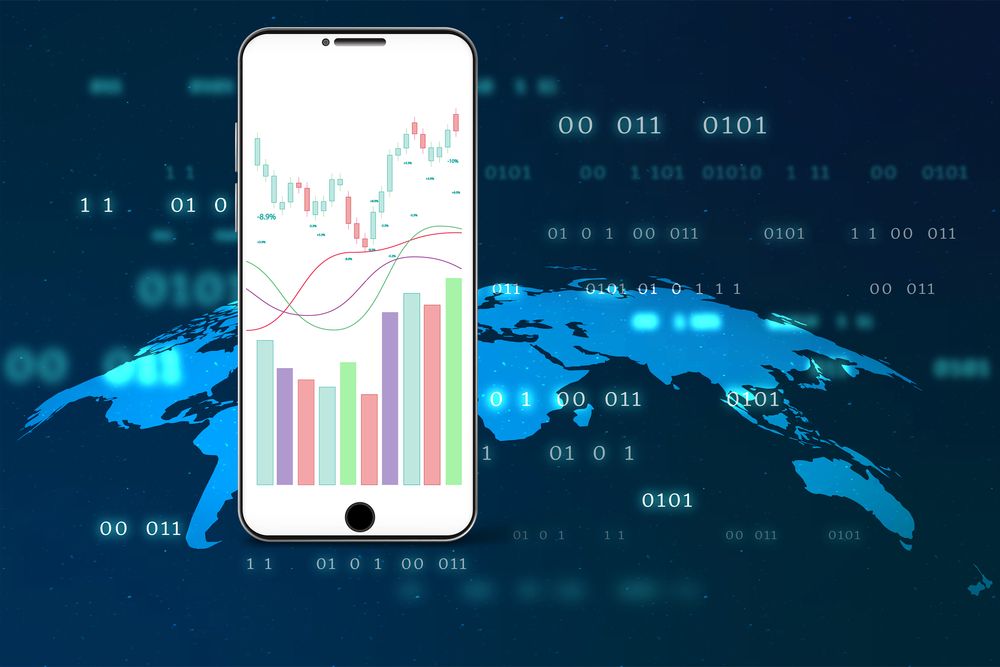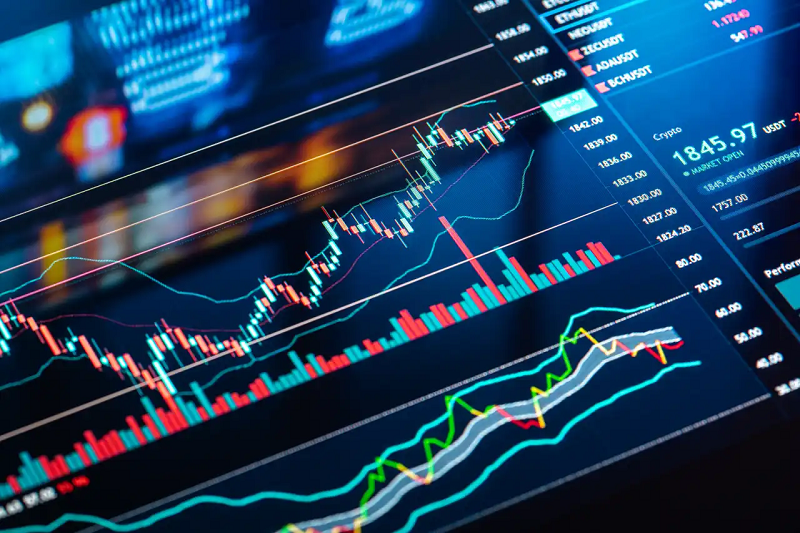RPT-ROI-Has gold been Tethered?: Mike Dolan

By Mike Dolan
LONDON, Nov 25 (Reuters) - For investors buying gold as a bastion of stability, it should give pause that one of bullion's biggest buyers in recent months is a lynchpin of the hyper-speculative world of crypto.
The narrative around gold's record-breaking surge - up a whopping 56% for 2025 to date - usually centers on concerns about fiscal dominance, high public debt, lax money and a loss of faith in once hard currencies.
But just as salient is who exactly is doing all the buying?
Until recently that focused on central bank reserve managers in China and across the developing world, some of them still unnerved by the Western freeze on Russia's dollar and euro assets after it invaded Ukraine in 2022. Add to that sizeable private buying and strong inflows into exchange-traded gold funds, and there's the familiar "flight to safety" narrative.
What almost escaped notice was that another major buyer through the middle of this year was Tether, the issuer of the U.S.-dollar-pegged crypto token, or stablecoin USDT and smaller gold-backed token Tether Gold XAUt.
Investment bank Jefferies calculates gold buying from what's now the world's largest digital assets company exceeded official central bank purchases over two quarters through September 30.
By that date, Tether held 116 tonnes of gold for its customers — about $14 billion at prevailing prices. That made it the largest single holder of bullion outside the big central banks, and put it on par with smaller official hoards in countries such as South Korea, Hungary or Greece.
TONNES AND TETHER
Gold's meteoric rise this year came in two waves. The first was a near‑$1,000 per ounce jump in just four months, peaking in April around the tariff shock and coinciding with a 10% drop in the dollar. The second, another $1,000 leap between mid‑August and mid‑October, came without any further dollar weakness.
Central banks were still the elephants in the room, with aggregate purchases of about 220 tonnes in both the second and third quarters. But the marginal buyer looks to have had an outsized impact.
As the Jefferies team points out, the second leg of the rally lined up with a rapid pick‑up in Tether's gold buying: some 26 tonnes in the third quarter alone, or around 2% of total gold demand and roughly 12% of known central‑bank purchases. In the second quarter, Tether accounted for about 14% of central‑bank buying.
"Tether gold demand is likely to have tightened supply in the short term and influenced sentiment, which in turn may have driven speculative flows," the bank concluded, adding it expects more demand on that scale.
As to whether this level of buying can continue, the report details that Tether appeared to be buying gold for two coins.
For the largest dollar-backed coin, USDT, which has $174 billion in total circulation at the end of the third quarter and some $184 billion by November 17, gold may have risen as a percentage of reserves over the past six weeks.
At last count, Tether reported holding 104 tonnes of gold as part of USDT's reserves, and another 12 tonnes backing XAUt.
That sits awkwardly with a new U.S. law. July's landmark GENIUS Act, which creates a new regulatory framework for the expanding stablecoin universe, explicitly bars compliant issuers from using gold as a reserve asset. Tether has already flagged plans for a GENIUS‑compliant stablecoin called USAT that will forgo gold altogether.
What's less clear is why after the Act was passed, Tether stacked up the amount of bullion backing USDT. And the gold spot price has remained on the back foot since hitting a record $4,379 in mid-October - currently more than 6% below that.
ENTANGLING 'HAVENS'
The broader intertwining of gold and crypto ecosystems makes some kind of ideological sense. A theme of major currency oversupply and debasement seems to drive demand for both, with buyers claiming to hoard both for 'store of value' reasons due to finite supply rather than fixed income.
In practice, however, they behave like very different animals.
Crypto tokens, such as bitcoin, may have exploded in popularity over the past decade, but they remain wildly volatile and largely speculative.
Recent price moves underline the point. Even as this year's rolling angst about major currencies shifted to Japan's yen in the autumn, bitcoin instead latched on to a classic "risk‑off" rout in technology stocks, shedding about a third of its value in six weeks.
While that may seem quite typical of crypto tokens in general, the calculus around stablecoins is admittedly different. Their value proposition rests on being fully backed, instantly redeemable digital dollars.
But periodic bouts of severe stress in crypto remain a fact of life. If, for any reason, demand for stablecoins were to reverse sharply, the pressure would inevitably bear down on the assets backing those pegs — which now include sizeable stashes of gold.
Jefferies expects further gold demand from the stablecoin world. Many others may draw a darker conclusion: the vagaries of crypto may now have infused 'safe-haven' gold with hyper-speculative ebb and flow too.
For those who have been buying gold to escape bubbles in debt or tech or elsewhere, they may now need to ask whether gold has become bubble-like itself in the process.
The opinions expressed here are those of the author, a columnist for Reuters.
-- Enjoying this column? Check out Reuters Open Interest (ROI), your essential new source for global financial commentary. Follow ROI on LinkedIn. Plus, sign up for my weekday newsletter, Morning Bid U.S.







